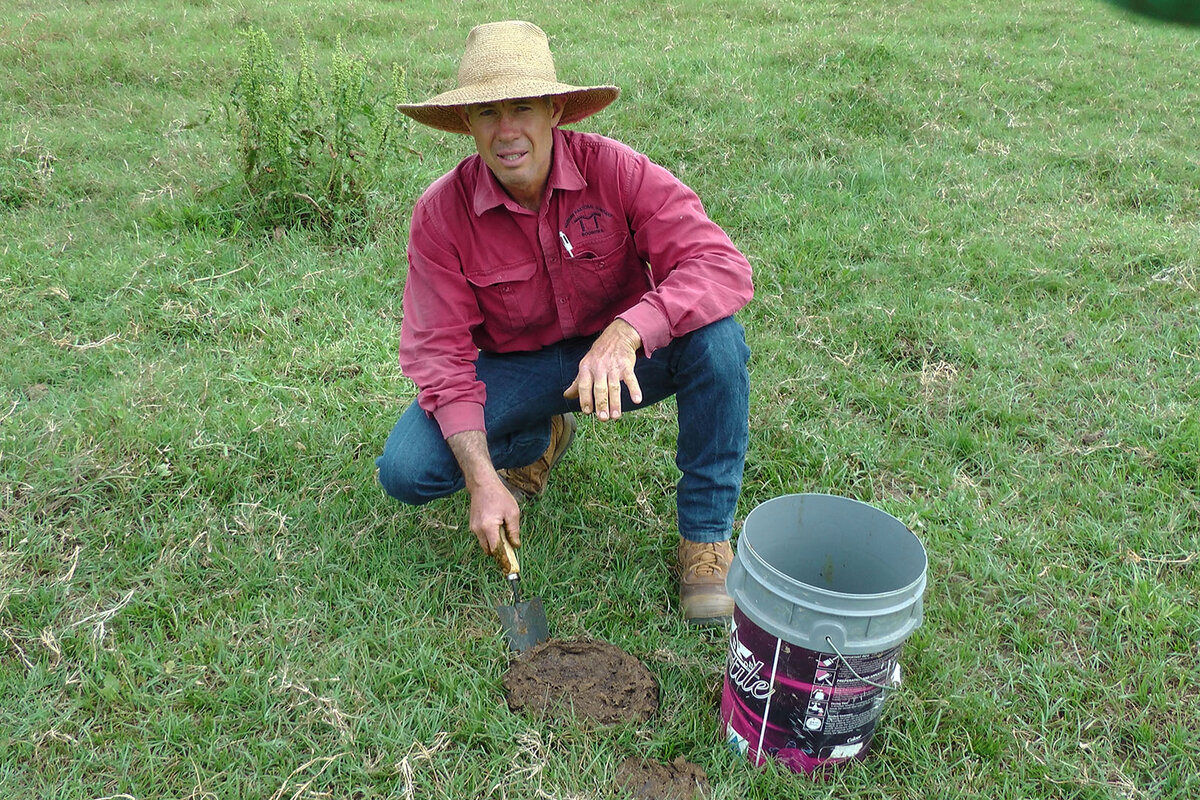
Since the first study of introducing dung beetles began in 1965, there have been over 23 species of dung beetles established in the Australian ecosystem, helping to reduce fly populations, reduce pollution of waterways, and improve pasture quality.
Find out what dung beetles are on your property




If you have seen beetles on your property, you can easily identify what you have by following these simple steps.
Find some dung
You need to find the right dung for your sample bucket. Preferably, you want dung that is not too fresh and not too old. The ideal sample dung is one to two days old.Collect the dung and topsoil, and put them in a bucket
Place the dung and a little soil from beneath the dung into a bucket and then simply add water. Do not stir the contents as this will make things messy. Simply wait a few minutes and the beetles will float to the surface.Collect floating beetles
Collect the beetles and other insects with a fine sieve, and rinse them into a sample jar.Rinse & Repeat
Doing this each month at different locations across your farm will give you a clear picture of the level of beetle activity, letting you know what you have and what you need.
Now that you’ve collected the beetles, you can find out which ones you have.



